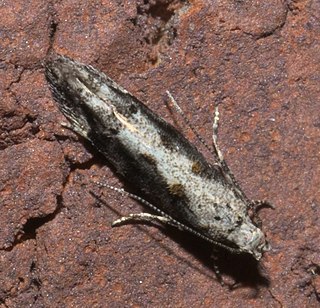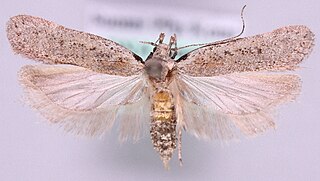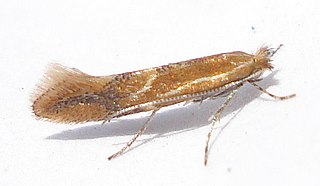National Road 76 is a single carriageway road in southern Greece that connects the Greek National Road 9 near Krestena with Megalopoli, passing Andritsaina and Karytaina. It traverses through the western and central parts of the Peloponnese, covering regional units of Elis and Arcadia.
Skliros is a village in the municipality of Oichalia, Messenia, southern Greece. In its district lies the Temple of Apollo at Bassae. It is 5 km (3.1 mi) south of Andritsaina, 4 km (2.5 mi) northwest of Kakaletri and 20 km (12 mi) west of Megalopoli.
Kotylio is a village and a community in the municipal unit Gortyna, southwest Arcadia, Greece. It is situated on the northeastern slope of Mount Lykaion on a height of ca. 900 m, 3 km from the border with Elis. It is 4 km west of Karytaina, 6 km southeast of Theisoa, 8 km east of Andritsaina and 15 km northwest of Megalopoli. The community includes the small villages Palatos and Strongylo.
Sarakini is a village and a community in the municipal unit of Gortyna, western Arcadia, Greece. It is situated on a hill above the right bank of the river Alfeios, at about 450 m elevation. It is 2 km northwest of Vlachorraptis, 4 km northeast of Theisoa (Elis), 7 km northwest of Karytaina and 8 km southwest of Dimitsana. The community includes the villages Kryonero and Palaiokastro.

Theisoa is a mountain village in the municipal unit Andritsaina, Elis, southwestern Greece. Theisoa is situated on a mountain slope above the left bank of the river Alfeios, 3 km southeast of Matesi, 3 km northeast of Rovia, 6 km northeast of connected Andritsaina and 8 km northwest of Karytaina. The Greek National Road 76 passes through the village.
Rovia is a little mountain village in the municipal unit of Andritsaina, Elis, Greece. Rovia is situated on a mountain slope, 2 km southeast of Karmio, 3 km southwest of Theisoa and 3 km east of Andritsaina.

Coleotechnites is a genus of moths in the family Gelechiidae described by Vactor Tousey Chambers in 1880. One of the best known species is the lodgepole needle miner, a serious pest of forest trees in North America.

Gelechia is a genus of moths in the family Gelechiidae. The type species is Gelechia rhombella.

Teuthis was a city of ancient Arcadia. It is mentioned in Pausanias, who visited and described its temples, and who narrated the elaborate story of King Teuthis' dispute with Agamemnon and goddess Athena in Aulis, prior to the Greek fleet's departure for the Trojan War.

Tinea is a genus of the fungus moth family, Tineidae. Therein, it belongs to the subfamily Tineinae. As evident by its name, it is the type genus of its subfamily and family. Established as one of the first subgroups of "Phalaena", it used to contain many species of Tineidae that are nowadays placed in other genera, as well as a few moths nowadays placed elsewhere.

Phyllonorycter is a genus of moths in the family Gracillariidae.

Caloptilia is a genus of moths in the family Gracillariidae.

Anomologinae is a subfamily of moths in the family Gelechiidae.

Theisoa constrictella is a moth of the family Gelechiidae. It was described by Philipp Christoph Zeller in 1873. It is found in North America, where it has been recorded from Texas to Florida, north to Maryland and Kentucky.
Theisoa multifasciella is a moth of the family Gelechiidae. It was described by Vactor Tousey Chambers in 1875. It is found in North America, where it has been recorded from Texas.

Adam House is a Category B listed building in Edinburgh, Scotland. It is owned by the University of Edinburgh, and used as studio spaces for the architecture school. It consists of 4 studio spaces and a lecture theatre.
Theisoa was a town of ancient Arcadia, in the district Cynuria or Parrhasia, on the northern slope of Mount Lycaeus, called after the nymph Theisoa, one of the nurses of Zeus. Its inhabitants were removed to Megalopolis upon the foundation of the latter city (371 BCE).
Theisoa was a town of ancient Arcadia, in the territory of Orchomenus. It is mentioned along with Methydrium and Teuthis as belonging to the confederation (συντέλεια) of Orchomenos. Its inhabitants were removed to Megalopolis upon the foundation of the latter city (371 BCE).










